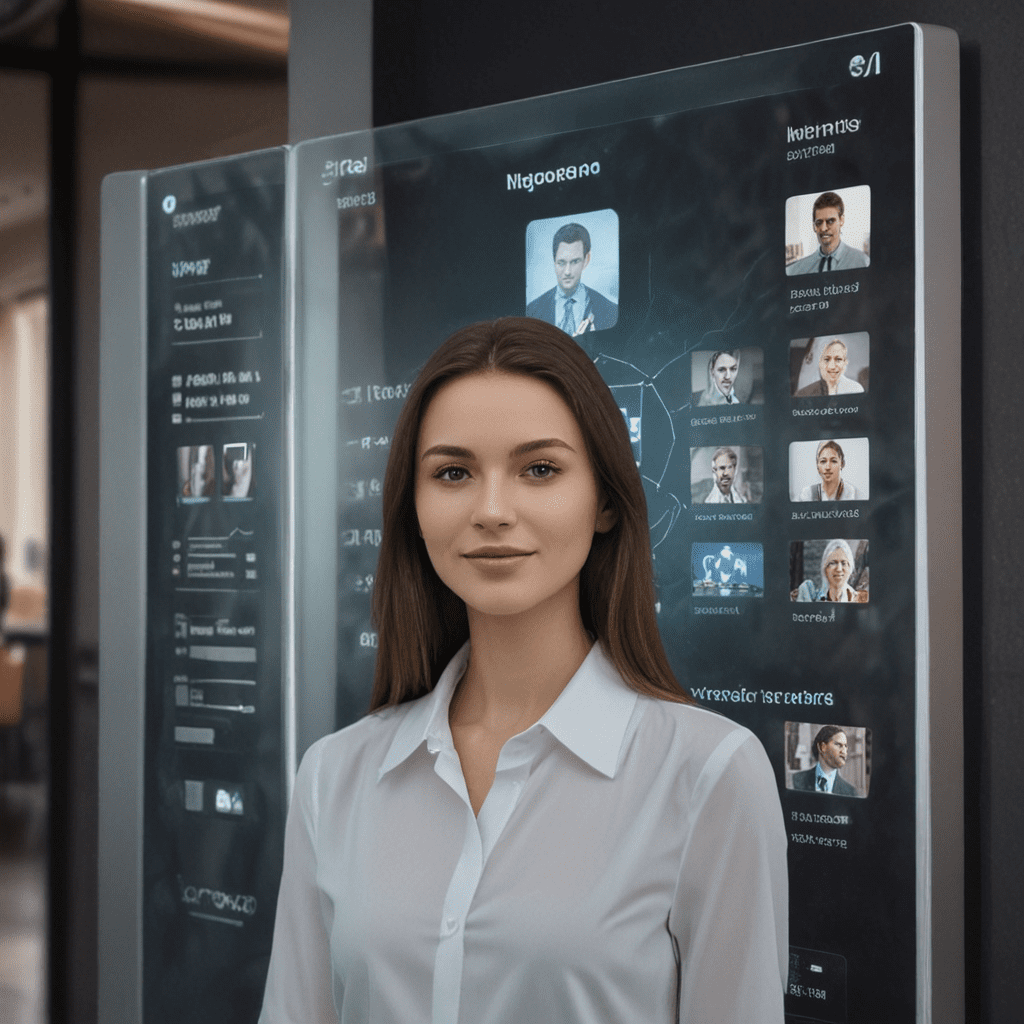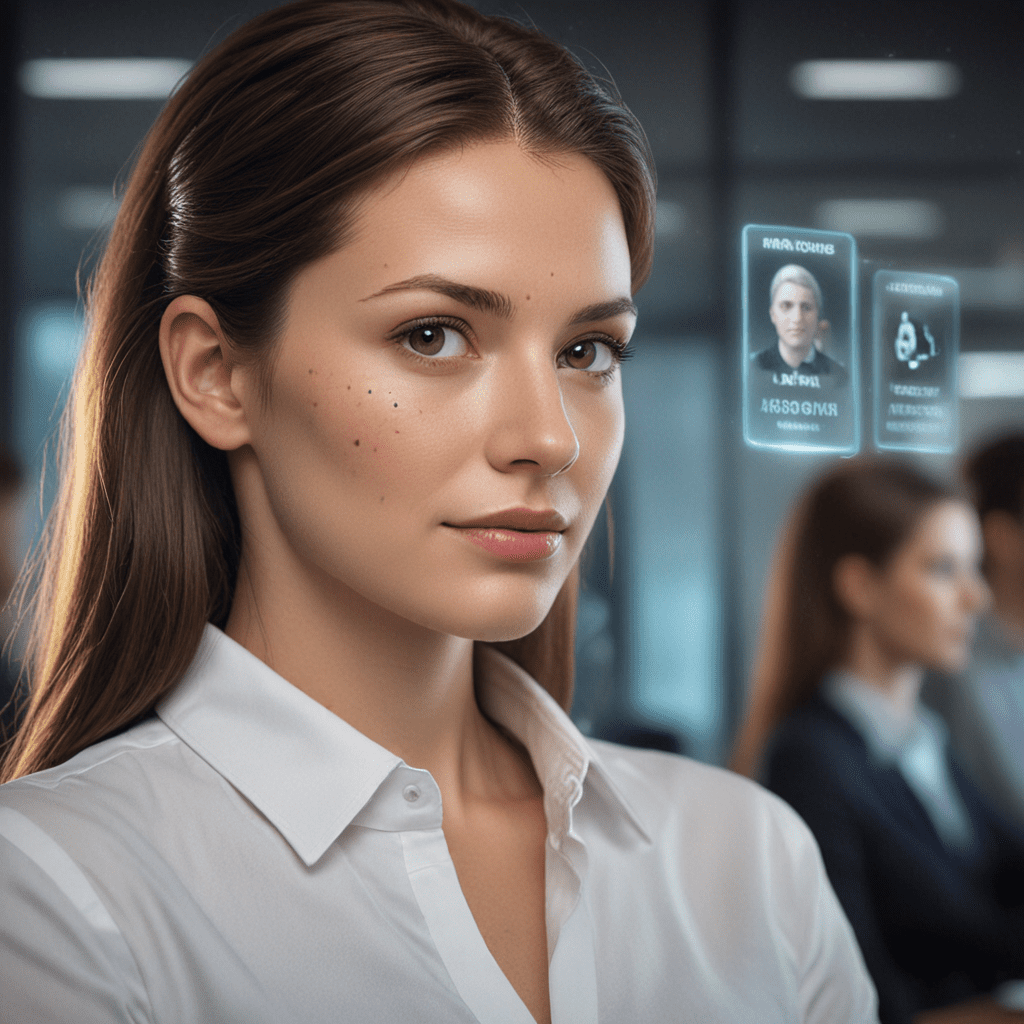Facial Recognition Technology: Enhancing User Experience in Apps
1. Introduction
Facial recognition technology is a rapidly evolving field with the potential to transform the way we interact with apps and devices. By enabling computers and smartphones to recognize and identify faces, facial recognition offers numerous benefits for app user experience. This article explores the advantages and applications of facial recognition technology, examining how it can improve security, streamline authentication, and create more personalized experiences.
2. Overview of Facial Recognition Technology
Facial recognition systems work by analyzing facial features and identifying unique characteristics. They capture and process images using advanced algorithms that map the contours and patterns of faces, creating a virtual template. This template is then used for identification and comparison with other images or stored databases. Facial recognition technology has become increasingly accurate and efficient in recent years due to advancements in machine learning and artificial intelligence.
3. Benefits of Facial Recognition in App User Experience
Facial recognition technology offers several advantages that can enhance the user experience in various apps:
## Enhanced Security and Authentication: Facial recognition provides an additional layer of security for apps, as it is more difficult to spoof or impersonate than passwords or PINs. It eliminates the risk of unauthorized access and protects sensitive data by verifying the identity of the user through facial recognition.
## Streamlined Login and Registration: By using facial recognition, apps can streamline the login and registration process. Users no longer need to remember multiple passwords or go through lengthy verification procedures. Instead, they can quickly and conveniently access apps by simply showing their face to the device's camera.
6. User Acceptance and Privacy Concerns
While facial recognition offers numerous benefits, privacy concerns are an important consideration. Users may be hesitant to share their facial data with apps, especially given the potential for misuse. It is crucial for app developers to address these concerns transparently, obtaining informed consent and implementing robust data privacy measures.
7. Ethical and Legal Implications
The use of facial recognition technology raises ethical and legal questions. Concerns include potential bias in facial recognition algorithms, the impact on personal privacy, and the potential for law enforcement to use the technology for surveillance. It is essential for governments and industry leaders to establish ethical guidelines and legal frameworks to ensure the responsible use of facial recognition.
8. Future Trends and Advancements
Facial recognition technology is rapidly evolving, with ongoing advancements in accuracy, speed, and usability. Future trends include the integration of facial recognition into more sophisticated applications, the development of touchless and seamless authentication methods, and the potential for facial recognition to become the primary form of identification and authentication.
9. Conclusion
Facial recognition technology has the power to transform app user experience, offering enhanced security, streamlined authentication, and personalized experiences. By addressing privacy concerns and ethical implications responsibly, facial recognition can unlock a new era of convenience and innovation in the mobile app landscape.
10. References
- NIST: Facial Recognition Technology
- Forbes: The State Of Facial Recognition Technology In 2023
- MIT Technology Review: The Ethics of Facial Recognition
FAQ:
- How secure is facial recognition? Facial recognition is more secure than passwords or PINs, as it is difficult to spoof or impersonate.
- Can facial recognition be used without my consent? No, informed consent is required for the collection and use of facial data.
- What are the ethical concerns surrounding facial recognition? Ethical concerns include potential bias, privacy infringement, and surveillance.
- What are the future trends in facial recognition technology? Future trends include improved accuracy, touchless authentication, and increased use for identification.


